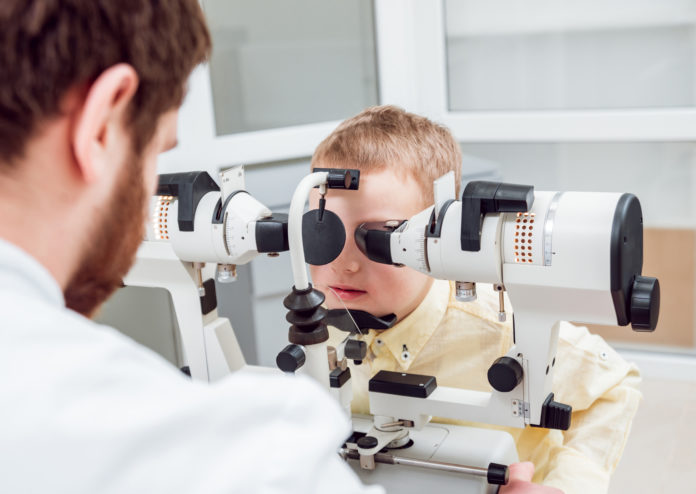Strabismus (crossed eyes) is a condition in which both eyes do not look in the same direction at the same time. People with weak eye muscle control or who are highly farsighted are more likely to experience it. Strabismus commonly appears in infants and young children, usually by the age of three. However, the illness can also affect older children and adults. People frequently assume that a child with strabismus will grow out of it. This, however, is not the case. If left untreated, strabismus might worsen. Any youngster above the age of four months whose eyes do not appear to be straight all of the time should be examined by an optometrist.
CAUSES OF STRABISMUS
Issues with the eye muscles, the nerves that convey information to the muscles, or the control center in the brain that guides eye movements can all cause strabismus. It can also occur as a result of other medical disorders or eye injuries. Strabismus is frequently inherited, with roughly 30% of children with the condition having a family relative with the same condition.
People with Down syndrome and cerebral palsy, as well as those who have had a stroke or a head injury, are more likely to develop strabismus.
Because of the additional eye concentration required to keep objects clear, people with a large level of uncorrected farsightedness (hyperopia) may develop strabismus.
DIAGNOSIS OF STRABISMUS
Anyone over the age of four months who looks to have strabismus should see a pediatric ophthalmologist for a full eye exam, with extra time spent looking at how the eyes focus and move. The exam usually includes the patient’s history, analyzing the visual behavior of young infants, or reading letters from an eye chart, pupils are dilated to assess the health of internal eye structures, using a series of corrective lenses to assess how light is focused in the eyes, alignment and focus tests, etc.
TREATMENT OF STRABISMUS
As soon as possible, begin treatment. If you don’t, the problem may persist into maturity. The majority of adults who have crossed eyes were born with them.
Speak with a pediatric optometrist or ophthalmologist, an eye doctor who focuses on children. They might start with eyeglasses or a patch to force your youngster to use the off-kilter eye until they can see normally again. Farsightedness is sometimes to blame. Glasses may be able to remedy the issue.
Before your child becomes eight years old, the major goal is to have the affected eye operating properly. Following then, permanent visual loss may occur. Other treatment plans of Strabismus include wearing special lenses called prism lenses, eye exercises also known as Orthoptics, medications, and even Eye muscle surgery.
PREVENTION OF STRABISMUS
Strabismus is a condition that cannot be avoided. If complications are recognised early enough, they can be avoided. Children should be examined for eye health at least once before the age of six months and again between the ages of three and five years.
Not treating Strabismus on time can lead to a future of blurry vision, severe headaches, constant fatigue, eye strain, double vision, etc. So smartness lies in its treatment in the earliest possible stage.
